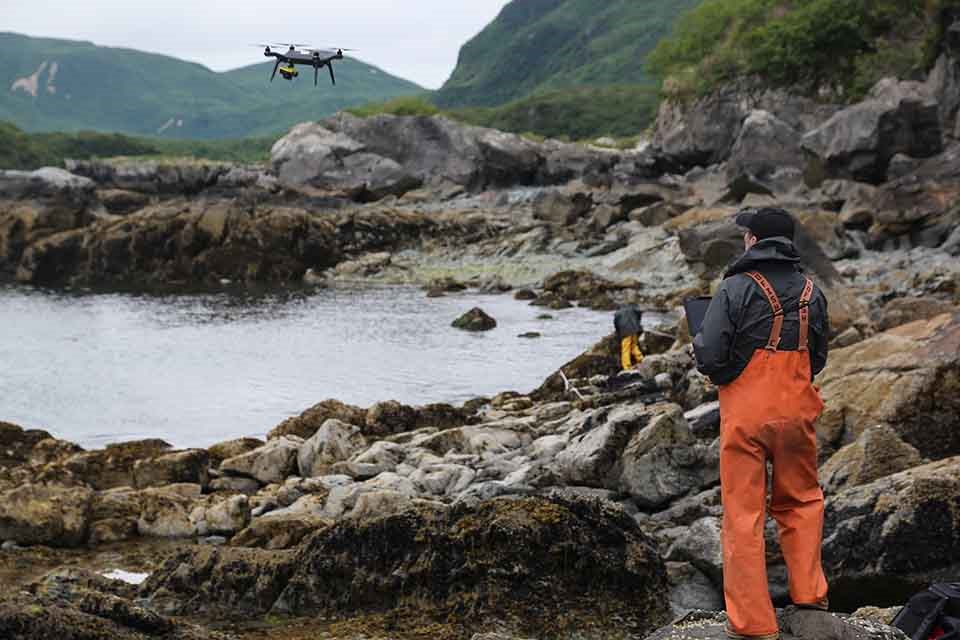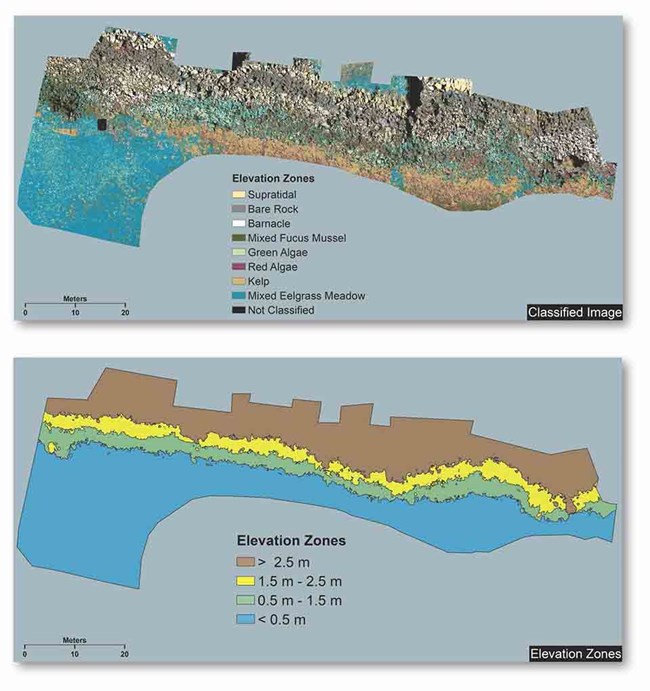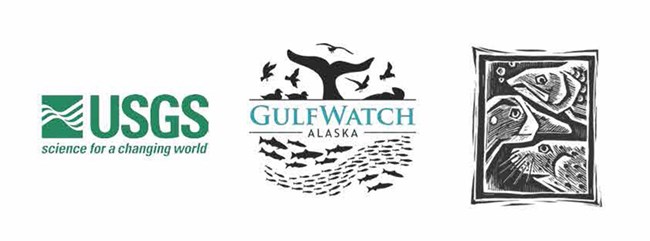Last updated: March 20, 2018
Article
Intertidal Mapping Using Unmanned Aircraft

NPS/Jim Pfeiffenberger

The products will allow us to correlate elevation with species presence and abundance, and if produced annually, such data may facilitate detection of shifts in topography and beach elevations at the site level, which result from physical disturbances (e.g., ice scour, earthquakes, storms). These data will also be valuable when interpreting annual variation in community structure within sites. Further, sUAS measurements over time can be used to perform future assessments of intertidal ecosystem changes due to sea-level rise or changing climatic conditions.

